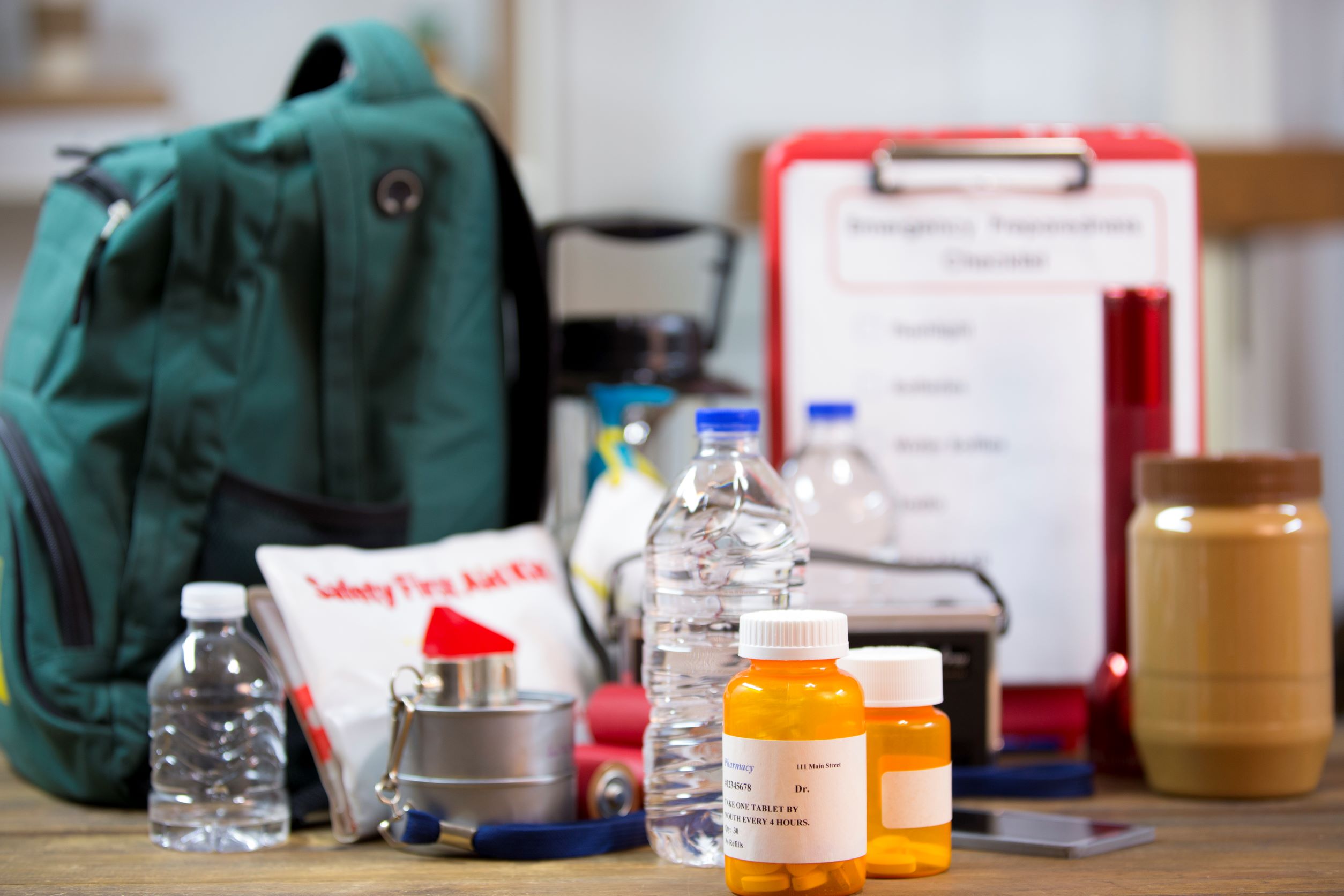AARP Hearing Center

Kentucky often experiences severe storms and extreme heat during the summer months. From flooding to lightning, strong winds, and temperatures above 90 degrees, Kentuckians, and especially those 50-plus, should take steps to prepare for extreme weather conditions and unexpected emergencies.
Extreme Heat
According to the Centers for Disease Control and Prevention (CDC), older adults are more prone to heat-related health issues. As we age, our bodies don’t adjust to sudden changes in temperatures as well as younger people and we are more likely to have chronic conditions or take prescription medications that affect our body’s response to or control of temperature.
With soaring temperatures in Kentucky and across the country, take a minute to review the warning signs of heat-related illnesses such as heat exhaustion and heat stroke.
Here are a few ways to stay safe in the heat:
- Limit outdoor activity, avoid middle-of-the-day heat
- Wear loose, lightweight clothing
- Stay hydrated, don’t wait until you’re thirsty to drink
- Follow additional precautions as recommended by the CDC
Severe Thunderstorms
Although severe weather impacts can be unpredictable, we can take steps to prepare for thunderstorms and all kinds of emergencies.
Have a Plan
FEMA recommends creating a support network of family, friends, neighbors, and others who may be able to assist you before or after an emergency. It’s important to share your plan with them and make sure they know where you keep emergency supplies, lifesaving equipment, etc. Develop a plan to determine how your family or support network will contact one another if you’re not together during an emergency. Don’t forget to have a plan for your pets, too.
Build a Kit
Think about what resources you and your family use on a daily basis. In an emergency, access to these resources may be limited or unavailable. Start with the basics to prepare your emergency kit and consider additional supplies for your individual needs.
A few of the basics:
- Water (for drinking and sanitation)
- Food (several-day supply of non-perishables)
- Flashlight
- First Aid Kit
- Moist Towelettes, Garbage Bags
- Extra Batteries, Cell Phone Chargers
Check out FEMA’s Emergency Supplies List and download the checklist here.
Be Informed
It’s important to know what disasters could affect your area and make sure you can receive critical alerts and updates from local authorities during an emergency. Ensure emergency alert notifications are active on your mobile device (check settings for “Government Alerts” or “Emergency Alert Messages”), stay tuned to local tv and radio broadcasts, or keep a NOAA Weather Radio tuned to your local emergency station.
While each person’s abilities and needs may be unique, we can all take steps to prepare for emergencies. Visit ready.gov for more preparedness materials for yourself and your loved ones.
*One or more links are not AARP websites. Any information you provide to the host organization will be governed by their privacy policy.































































